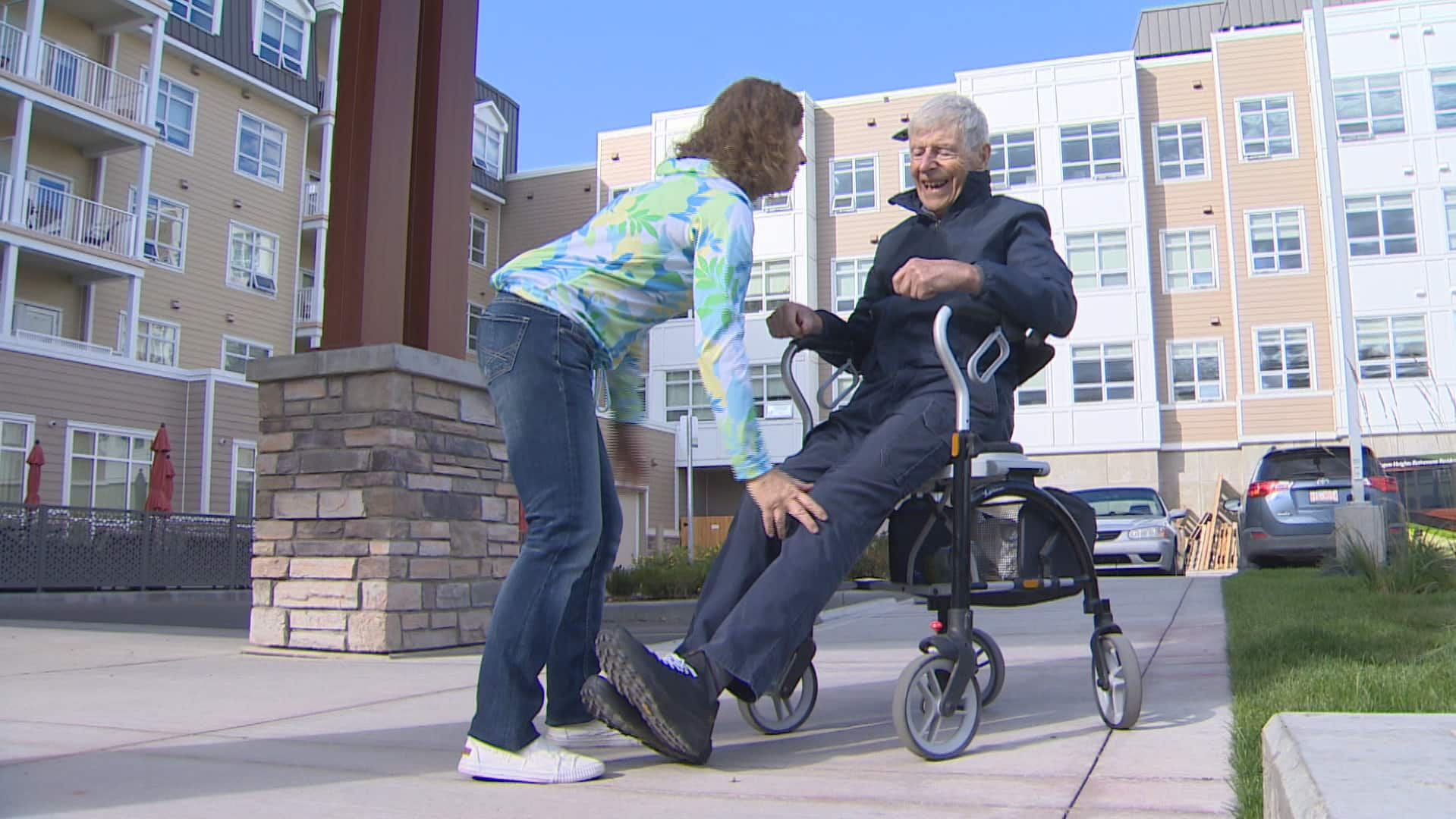Parminder Raina stepped up his workouts when he realized just how important the activity could be in preventing or forestalling dementia.
Raina now hits the gym five times a week for aerobic exercise like running and cycling, as well as strength training.
As the scientific director of the McMaster Institute for Research on Aging at McMaster University in Hamilton, Raina works to understand why some people age in a healthy fashion and others don’t.
“I have become much more prudent in my own behaviour,” said Raina, who is in his early 60s.
Researchers believe that better nutrition, physical activity and socialization that can improve heart health also tend to boost brain health and could at least delay dementia. Previous studies suggest that heart conditions may cause brain changes that increase the risk of stroke and dementia.
To understand why heart health could ease the challenges of aging, including boosting brain health, Raina and his colleagues are examining the issue from multiple perspectives.
Raina also heads up the Canadian Longitudinal Study on Aging (CLSA), a large, long-term research project on about 50,000 individuals who are between the ages of 45 and 85 when they are recruited.
Teams of researchers follow the subjects for at least 20 years with regular questionnaires on health, finances, social aspects, lifestyle, medications and nutrition.
The researchers will also explore whether providing people with information about better nutrition helps motivate them to improve their diet.
Some participants come in for appointments every few years to measure their blood pressure, lung function, bone density and other metrics.
Dementia not a normal part of aging, doctors say
Dementia is a collection of symptoms affecting brain function such as a decline in memory, planning and language, as well as physical and mood changes. Dementia is not a normal part of aging, doctors say, and Alzheimer’s disease is the most common type.
For dementia, the CLSA studies will help update Canada’s estimates on how common it is. In 2020, almost 477,000 Canadians aged 65 and older were living with dementia, according to the Canadian Chronic Disease Surveillance System.
A recent longitudinal study based on the U.K. Biobank of more than 356,000 participants in England and Scotland aged 40 to 69 looked at a wide range of risk factors for young onset dementia that develops before age 65, as well as other chronic diseases.

The Biobank researchers found associations between a variety of conditions, including stroke, diabetes, heart disease and depression, and an increased risk of young onset dementia.
Dr. Roger Wong, a clinical professor in geriatric medicine at the University of British Columbia, works with people with long-standing conditions like dementia.
“What I say to people and their loved ones is that what is good for the body is good for the brain,” Wong said.
“There are things that every one of us can do regardless of age to prevent dementia.”
Take a combined approach
Wong pointed to a recent CLSA study from Raina’s team at McMaster that found a close relationship between physical mobility impairments such as trouble walking and having more difficulty with brain health, including dementia, and vice versa.
The investigators use traditional tests like a timed walk or grip strength to assess how impairments relate to brain health.
Some participants in the CLSA don wearables like accelerometers to measure their steps. Scientists hope the objective measures will help further clarify the associations between walking and dementia risk.
For now, Wong suggests taking a combined approach to preventing or forestalling dementia: Exercise in a group setting so that you can socialize at the same time — think dance, playing pickleball or group walks — because of the strong signals from observational studies like the CLSA and U.K. Biobank.
After years of training, sparring and fights, top-ranked boxer Claire Hafner is about to discover the toll the ring has taken on her brain health. She’s part of a groundbreaking study of living athletes that hopes to better understand head trauma risks — and help athletes figure out when it’s time to quit.
Dr. Marie Pigeyre, an endocrinologist at Hamilton Health Sciences, treats adults with diabetes. She agrees with Wong about the importance of long-term, observational research.
Pigeyre, an assistant professor of medicine at McMaster, received a grant recently from the Canadian Institutes of Health Research (CIHR) to study potential markers in the blood. The goal is to better understand the relationship between lifestyle, certain fat deposits and cognition.
Pigeyre and her team use questionnaires that assess participants’ cognition as well as blood tests and advanced MRI scans to look for early changes in small blood vessels to track consequences of blood flow in the heart and brain.
“This little [blood] vessel abnormality can change how your heart is contracting and … so it could affect how as well how the blood flow is going up in your brain.”
Enough oxygen?
Some people may not have any symptoms of dementia, but the tests sometimes show that parts of the heart and brain aren’t getting as much oxygen as they should. Pigeyre’s research has found that these early abnormalities can be traced back to fat deposits surrounding the internal organs, known as visceral fat.
Scientists have found visceral fat to be more active in increasing inflammation that causes diabetes and coronary artery disease than fat in the legs and buttocks. That’s why apple-shaped bodies are thought to be more damaging to health than pear-shaped bodies.
Given that about one-third of the population doesn’t exercise, the lack of physical activity raises concerns for their risk of dementia and other health issues as they age, Raina said.
A study from the Alzheimer Society of Canada predicts that the number of people in Canada living with dementia will triple within three decades. We follow one family who have been on this journey for a few years, as they prepare for the transition from home care to long-term care.
The Canadian Physical Activity Guidelines recommend that adults should get at least 150 minutes of moderate to vigorous-intensity physical activity every week, which can be in 10-minute intervals.
“Walking and doing some level of movement is good for you in many ways and I think we just have to come to terms that it’s not an all-or-none phenomena,” Raina said.
As data from the CLSA starts to come in, Raina said it motivates him to strive for a healthier lifestyle, despite the challenges.
“I eat better,” Raina said. “I try to sleep better because as a researcher, you are prone to not take care of yourself like any health-care professional. I was sleeping four to five hours a night because so much work had to be done.”








